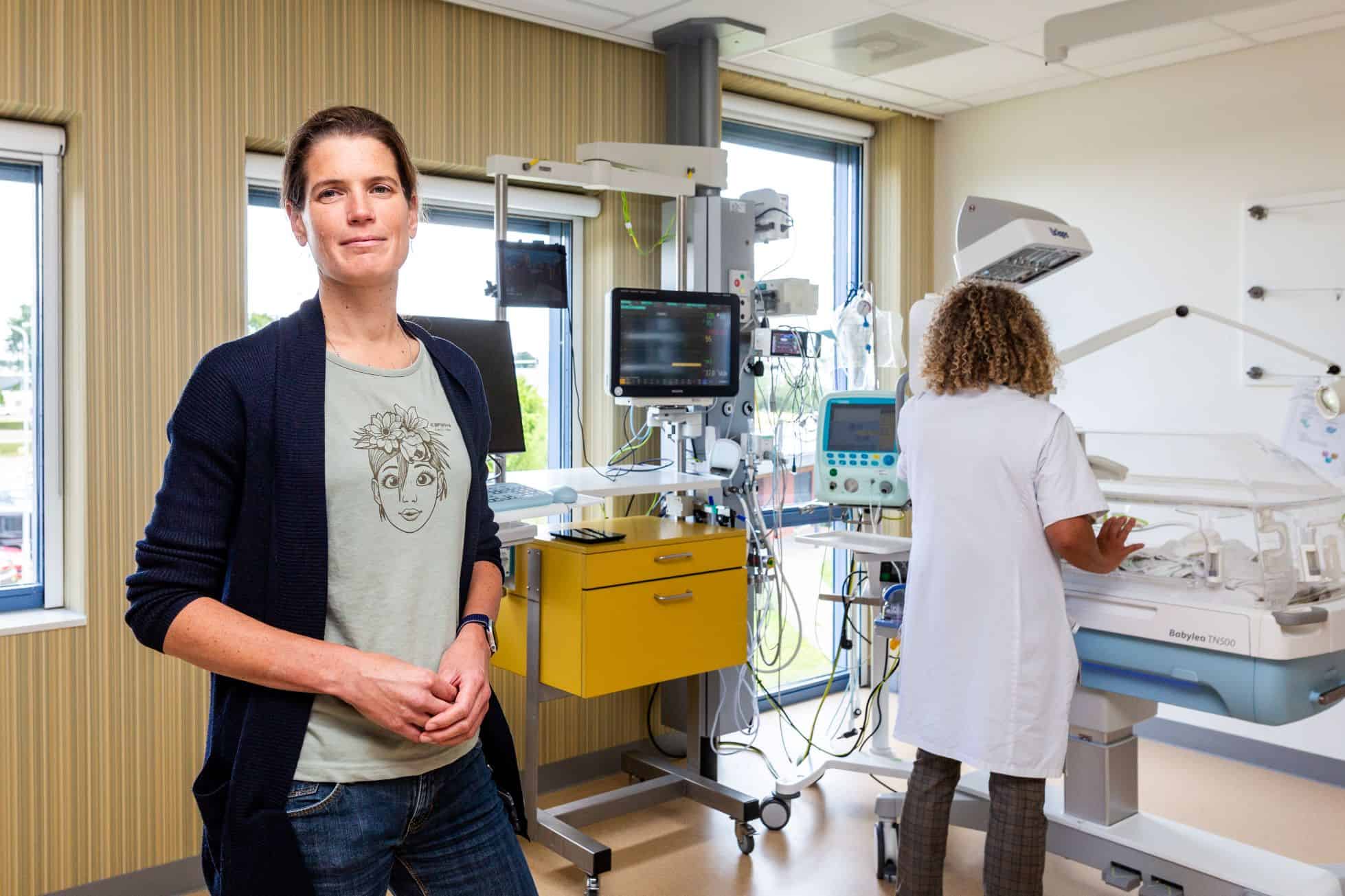
A new blood test can detect the return of blood cancer a year earlier than current standards. The test, developed by the Radboud University Medical Center and tested on forty patients, proved to be a thousand times more sensitive in detecting multiple myeloma, analyzing less than a drop of blood.
Multiple myeloma, also known as Kahler’s disease, is a blood cancer that originates in the bone marrow. It involves the uncontrolled division of a specific type of white blood cell, the plasma cell. Approximately 1,300 people in the Netherlands are diagnosed with this disease each year. Half of the patients respond so well to treatment that the disease becomes undetectable in their blood. Unfortunately, the disease almost always returns.
Better monitoring
The standard test currently involves a bone marrow biopsy to determine when the disease returns. This is an invasive method and, therefore, cannot be performed regularly. Moreover, the result is not entirely reliable, as it depends on where the biopsy is taken because the disease is not present throughout the bone marrow. A blood test is also available, but it is much less sensitive, only detecting the cancer’s return when the number of cancer cells is already high.
“Patients whose disease is no longer measurable after treatment often live in uncertainty for years,” says Hans Jacobs, Medical Immunologist. “With the new blood test, you can monitor much better, providing clarity. When the current blood test shows the cancer’s return, the number of cancer cells is already high, and a different therapy is initiated. The new test shows the increase in cancer cells much earlier. This may allow for quicker and better adaptation of therapy to the patient’s situation, but we don’t know that yet. We will investigate this.”

Smart adjustment
The new blood test measures antibodies produced by plasma cells, which play an important role in immunity. “Healthy people have plasma cells with various types of antibodies ready to tackle different pathogens’, explains researcher Hans Wessels. ‘In multiple myeloma, one of these cells divides uncontrollably, creating many plasma cells with the same antibodies. These are what we measure with the new test.”
Initially, developing the test for each specific patient took 125 days. A smarter method has been developed that is suitable for every patient and can test 25 patients simultaneously. With these improvements, test development now takes only five days, allowing many more patients to be tested. Additionally, researchers and the company Bruker developed new software that can smartly adjust the measurement, allowing the test to detect tumor cell signals even faster.
Finger prick
The new test is not yet available in the clinic. “We first need ISO certification for this,” says Professor of Personalized Healthcare Alain van Gool. “We aim to achieve this in the coming years. Until then, we will only perform this test in clinical studies.” Meanwhile, researchers are investigating whether their method also works reliably when people collect a drop of blood at home using a finger prick. This would eliminate the need for patients to visit the hospital for blood collection, representing a further step in a series of innovations.

